
Asplenium Nidus: A Complete Plant Guide
Do you adore plants with beautiful foliage and leaves? Then it's possible that you already own a bird's nest fern or are eager to expand your collection. Asplenium nidus, often known as the bird's nest fern, is an epiphytic plant, meaning it naturally grows on the surface of other plants.
The majority of people see ferns as having fronds that are airy and feathery, however, this is not the case with all ferns. One fern that challenges our preconceived notions of what a fern should look like is the bird's nest fern. This lovely plant requires minimal maintenance and thrives with little care, thanks! to its enormous spoon-shaped waxy leaves that spread from a central rosette. They will flourish in the correct indoor climate and make for a distinctive houseplant.
Do you know to which region Asplenium Nidus belongs?
Bird's nest fern (Asplenium nidus), sometimes referred to as a crow's nest fern and spleenwort are native to Southeast Asia, east Africa and Hawaii. Aspleniaceae is the family to which this plant belongs. In many cultures, it is valued for ornamental, decorative, therapeutic, and religious purposes. It is simple to grow given the right circumstances, primarily warmth and humidity. This fern is an epiphyte (a plant that can grow without soil and often attaches itself to a host plant in nature), and as it thrives in the rainforest's tall trees, it goes well with bromeliads and orchids. It is a really impressive specimen plant, even when grown alone.
Why is Asplenium Nidus referred to as "spleenwort"?
The Greek word "Asplenon," which means spleen herb, is where the name "Asplenium" originated from. The fern was considered a remedy for spleen diseases up until the Middle Ages.
Bird's Nest Fern Varieties
Bird's nest ferns come in a limited number of varieties, each with a unique set of leaves. They consist of:
Asplenium Nidus Osaka
The Asplenium nidus is well known for its attractive, brilliant green leaves that are elegantly placed in an amazing spreading rosette. The tropical fern Asplenium nidus 'Osaka' has slender, strap-like leaves with sharply ruffled edges and a compact, arching habit.

Asplenium Crissie
Asplenium Crissie is a pleasant, low-maintenance bird's nest fern. Classic bladed leaves have wavy frond tips that get frilly as the plant gets older.
Asplenium Crispy Wave
A gorgeously vibrant green fern with amazing fronds that are ruffled and ribbon-shaped. The houseplant Asplenium Crispy Wave is believed to have medicinal effects in addition to its ability to filter the air.

Asplenium Leslie
The leaves of the popular Bird's Nest Fern, Asplenium Leslie, are wild and curly and have a lovely fresh leathery, glossy green colour. When touched, the peculiar ruffles on each leaf's end generate a crunchy sound.
Asplenium scolopendrium
The heart's tongue fern, also known as Asplenium scolopendrium, is a rhizomatous, evergreen fern with strap-shaped fronds that arch upward in a beautiful rosette.

Asplenium Venus
A cultivated compact variant of the Japanese Bird's Nest Fern known as Asplenium Venus becomes incredibly ornamental when it forms an upright rosette of tall, lustrous green leaves with ruffled, wavy edges. Due to its historical association with the spleen, Asplenium is also referred to as "spleenwort."

Asplenium Nidus
The spleenwort family member Asplenium nidus, sometimes known as the "bird's nest fern," is a slow-growing epiphytic fern with simple, complete, strap-shaped, glossy, bright apple green fronds and distinct dark brown to black midribs and undulating borders.
Benefits
With its vivid apple-green colour, rosette-like shape, and characteristic crinkly fronds, the bird's nest fern gives any space a luxuriant appearance. Bird's nest ferns are a great addition to any indoor plant paradise but these tropical ferns offer more than simply beautiful appearances; they also have several advantages which are listed below:
Air-Cleaning Properties
According to a NASA research study, some houseplants act as air filters. The number of dangerous chemicals, such as benzene, carbon dioxide (CO2), formaldehyde, toluene, and trichloroethylene, that are frequently present in indoor air may be decreased by plants. One such plant is the Bird’s nest fern. The study shows that bird's nest ferns can filter the air and eliminate harmful containments from our surroundings.
Feng Shui
Feng Shui's beliefs state that plants are a powerful deterrent to negative energy. Living plants that are positioned within a house, such as bird's nest ferns, serve to deflect the negative energy.
Corner plants channel energy throughout the house. Plants that thrive in low light conditions, like the bird's nest fern, are a great option for dark gloomy areas in the house. A bird's nest fern enjoys the humidity in bathrooms, thus they make excellent homes for them.
Aesthetic Beauty
Bird's nest ferns are among the most well-liked indoor plants for a reason. They have enormous decorative value and instantly give any place a lush, tropical impression because of their spreading fronds. Finally, from a central crown or nest, fronds sprout. The plants have a lovely shape thanks to this rosette design, which looks great on a table, shelf, or in a hanging pot.
Stress management
According to research, indoor plants like bird's nest ferns can aid in lowering stress levels and enhancing mental wellness.
Embraces Low-Light Environments
Bird's nest ferns flourish in their natural environment in the filtered light of the understory. They can withstand areas that only receive reflected light when planted inside, but they prefer moderate indirect light. This is why bird's nest fern is a good option for low-light environments.
Treatment for Allergies
Bird's nest ferns could be beneficial if someone in your family has allergies. They not only assist remove impurities from the air, but they also make the air more humid. Increased allergies are linked to low humidity levels. A collection of bird's nest ferns can increase humidity and possibly provide some relief from allergies. Additionally, bird's nest ferns don't generate the pollen and blossoms that cause hay fever. If you have seasonal allergies, they could be an excellent option.
Care for Bird's Nest Ferns
It is essential to provide a bird's nest fern with enough warmth, humidity, and moisture for it to thrive. One of the finest locations for a bird's nest fern in a bathroom, where it will receive the optimum humidity and warmth when grown as a houseplant, is close to a shower or tub. However, it must also have access to light.
The centre of the plant, which resembles a bird's nest, is where new leaves will continually erupt. The fresh, fragile fronds as they emerge from the centre should not be touched in any way. They are incredibly delicate, and there is a good probability that if you touch them, they will be damaged or distorted.
Light
Bird's nest ferns thrive in moderate shade to filtered sunlight and it's best if this light level remains constant throughout the day, avoid exposing them to direct sunlight. The leaves can burn in harsh bright sunlight. An east or north-facing window is suitable indoors.
Soil
These plants want loose, organic matter-rich soil with good drainage. Planting bird's nest fern is best done in porous, well-draining potting soil. If at all possible, use a container with drainage holes in the bottom because proper drainage is essential to prevent rotting.
Water
Ferns frequently fail in homes due to the manner they are watered: either they receive too much water or not enough. The ferns demand a constant level of soil moisture, but they don't thrive in the too-wet ground. This means that you shouldn't let the soil dry out at all, but you also shouldn't water it frequently or excessively so that it becomes soggy or moist.
The requirement for water greatly decreases in the winter, so you only need to water your plants a few times a month at most. Additionally, excess water left around the roots will cause rotting.
Temperature
The ideal temperature range for the bird's nest fern is between 60 and 80 degrees Fahrenheit. Even though it can withstand low temperatures of 50 degrees, prolonged exposure to colder temperatures can be harmful to plants. If your plant is indoors, make sure to shield it from cool draughts like air coming from an air conditioner vent.
Humidity
High humidity and moist surroundings, such as those found in the bathroom, greenhouse, or terrarium, are preferred by this fern. You can use a humidifier to increase the humidity in the area around a bird's nest fern. Or you may place its pot on a tray that contains water and rocks. However, watch out that the pot's bottom isn't submerged in water as this can cause root rot.
Fertilizer
The Bird's Nest is not particularly picky about fertilizing (as long as you don't overdo it), but if you never give it any feed, over time the leaves will get dull and the growth will stop. Therefore, when in active growth, it is recommended to either feed very weakly once every month or so, or at normal intensity once every three to six months. Fertilize the fern with a balanced liquid fertilizer diluted to half strength. As direct fertilizer contact can burn the foliage, make sure to apply the fertilizer to the soil rather than the fronds.
Propagation: How to Grow Birds, Nest Fern?
Beginner gardeners may find it challenging to grow bird's nest ferns. Although buying nursery plants is a popular alternative, you can save some money by growing your plants. Spores, which resemble fuzzy brown dots on the undersides of fronds, are used for propagation. When they appear exceptionally chubby and fuzzy, it's time to spread them out.
Cut off a frond with these areas and place it in a paper bag for a few days to collect the spores. The bag will be filled with spores.
After that, scatter the spores over a container of sphagnum moss that has been set in a water dish so that the moss may absorb the water. The moss should be evenly damp but not soggy.
Put the container in a warm, shaded area and cover it with plastic wrap to maintain the surroundings wet. If the moss doesn't feel damp, sprinkle it and keep the dish supplied with water. In a few weeks, germination should take place.
Repotting
When the roots fill the current pot, it's time to repot; once this has happened, it's time to transfer it to a somewhat larger container. If you don't, growth will first slow down before ceasing altogether. As a general rule, you should repot a young Bird Nest Fern plant once a year. Choose a container that will keep your plant steady when it's time to repot it. When anchoring the plant, a clay container is preferred over a plastic pot. Your plant should be carefully removed from its former container, placed in the new container at the same depth, and covered with brand-new potting soil.
The Bird's Nest Fern: Is It Toxic?
Since they are not poisonous, Birds Nest Ferns are a common indoor plant. This indicates that they are not hazardous to people if consumed. Houseplants are not toxic plants, but you shouldn't eat them because they are bad for your digestive system.
Dogs and cats are not poisoned by birds nest ferns either. Therefore, this house plant can be ideal for you if having a pet around the house would influence your decision. Again, exactly as with humans, you don't want your pets to eat your indoor plants, but if they do, it is not harmful.
Common Challenges With Bird's Nest Fern
Although bird's nest ferns are mostly healthy plants, they can occasionally experience a few problems that are primarily caused by an inappropriate environment.
Yellow Leaves
A bird's nest fern's leaf can become yellow when exposed to too much sun. Likewise, yellowing might result from using too much fertiliser. Throughout the day, check on your plant to make sure it is constantly receiving the right amount of sunshine. also, modify fertilising as necessary.
Browning Tips
When fronds naturally die and are replaced by new growth, they turn brown. However, draughts blowing against the plant are frequently to blame for browning around a frond's edges. Keep your fern away from any poorly ventilated windows or doors as well as air conditioning vents.
Bird's nest ferns are not severely afflicted by disease or pests, however, some common houseplant pests, such as scale, can cause issues. Since conventional pesticides will harm this plant's delicate foliage, natural insecticidal soaps are the greatest option for eradicating pest problems.
Now that you are more knowledgeable about how to cultivate bird's nest ferns, consider giving them a spot in your house. They are a beautiful and environmentally friendly complement to the dimly lit areas.
FAQ’s
Can you grow an Asplenium Nidus plant inside?
Many people cultivate the bird's nest fern as a potted plant away from its natural growing regions. This plant requires consistent warmth and humidity to thrive indoors.
Are bird's nest ferns simple to maintain?
When cultivated in an environment that closely reflects their natural habitat, bird's nest ferns are often healthy plants that require little maintenance.




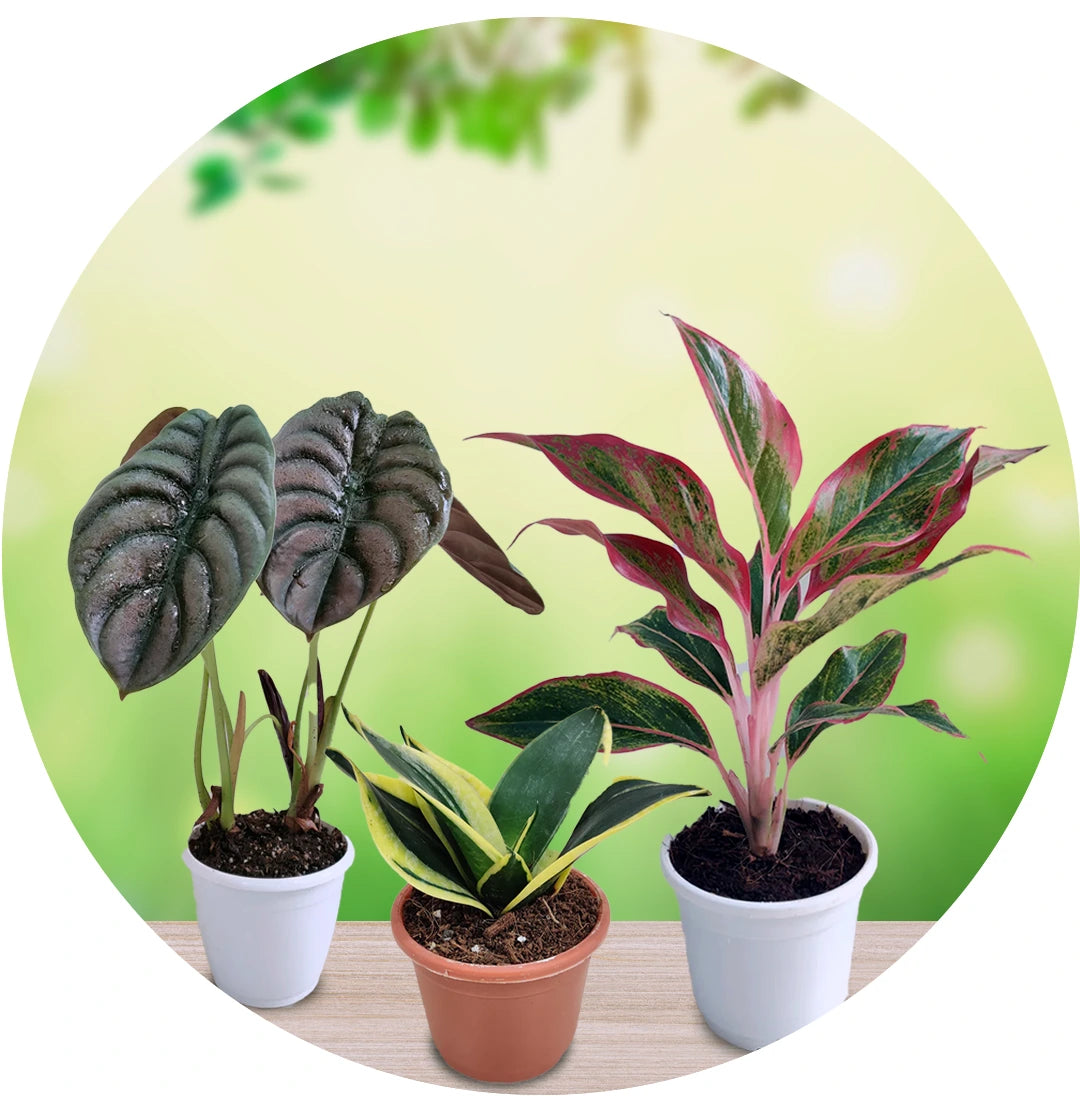
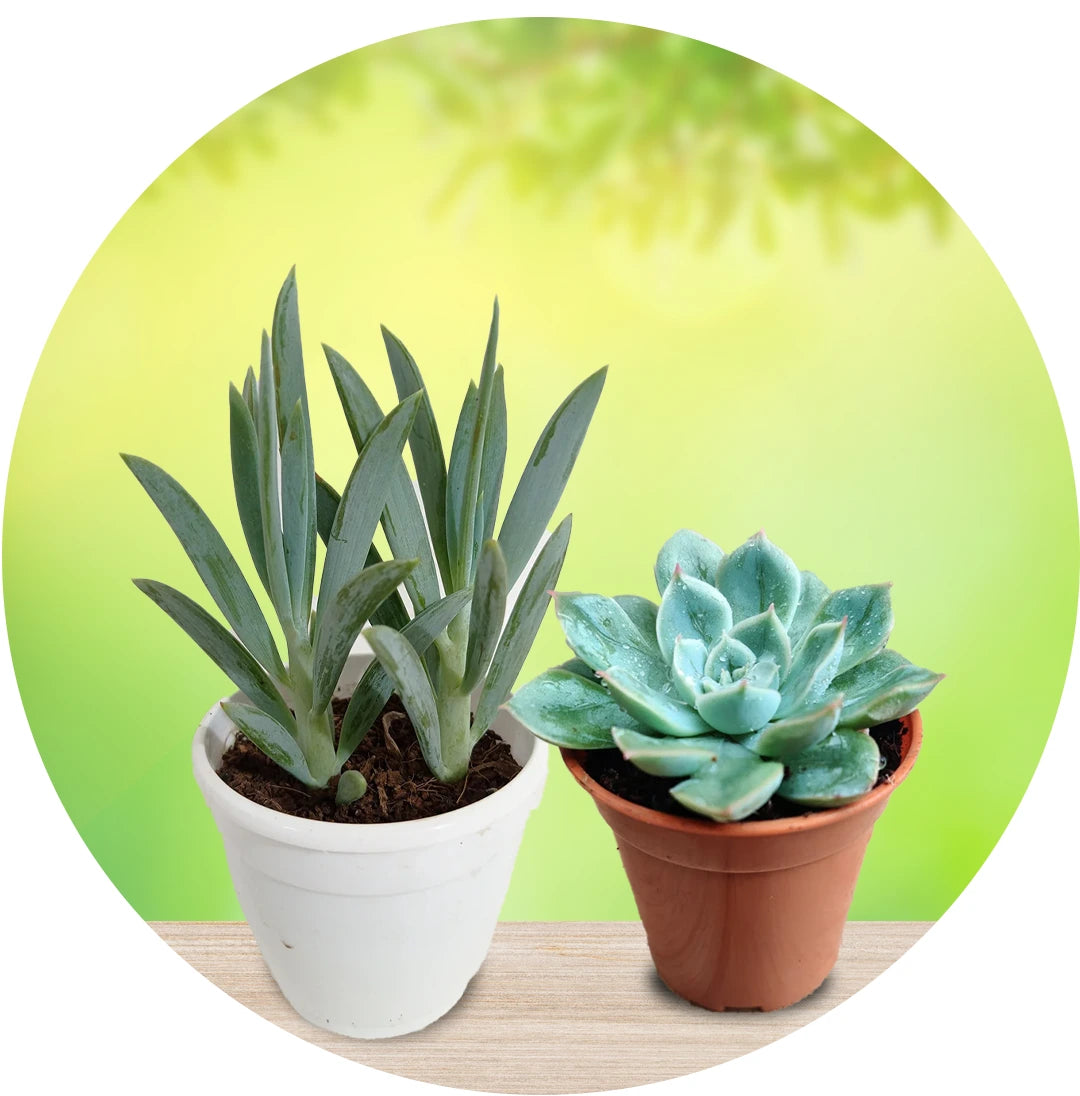
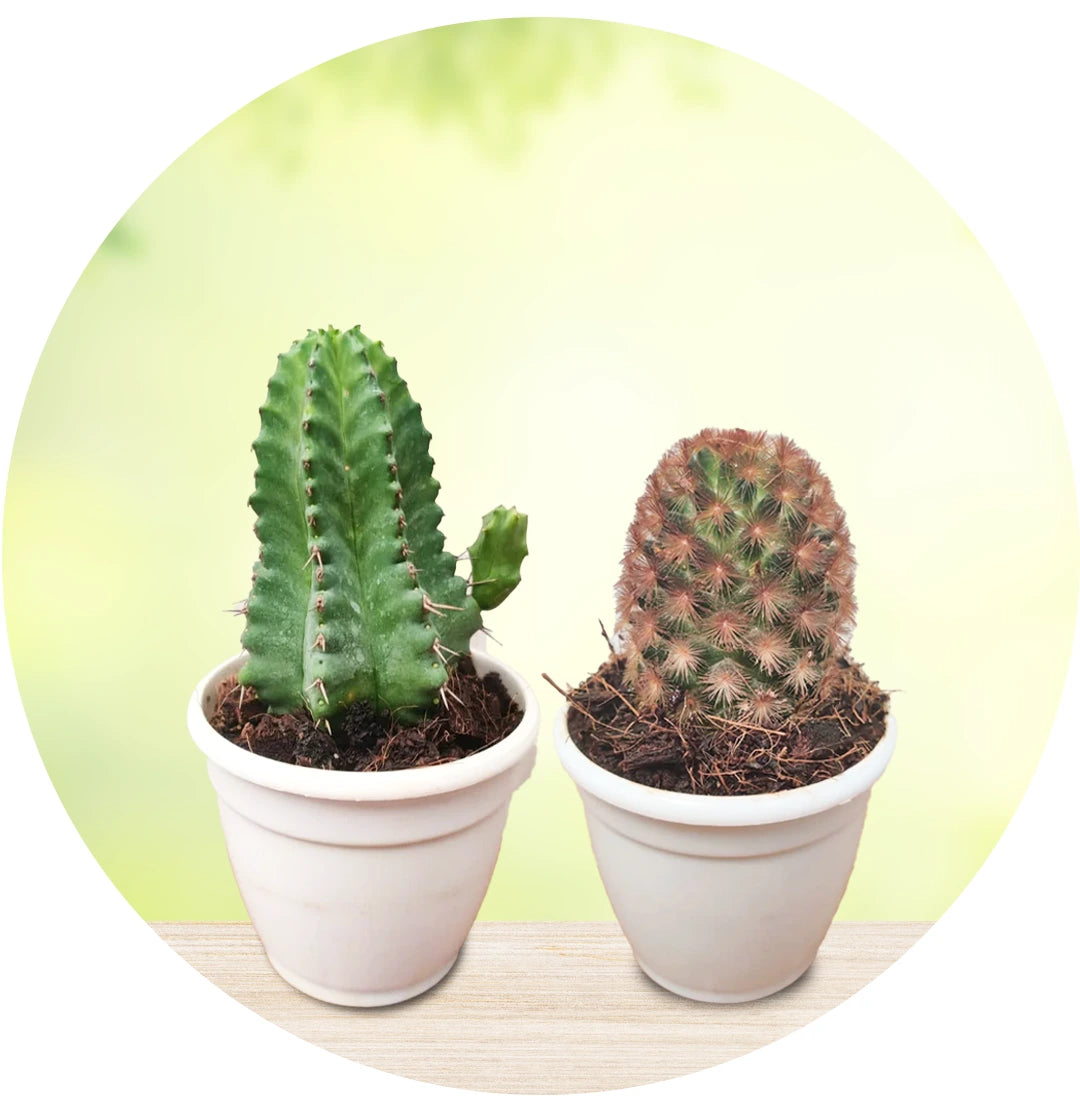
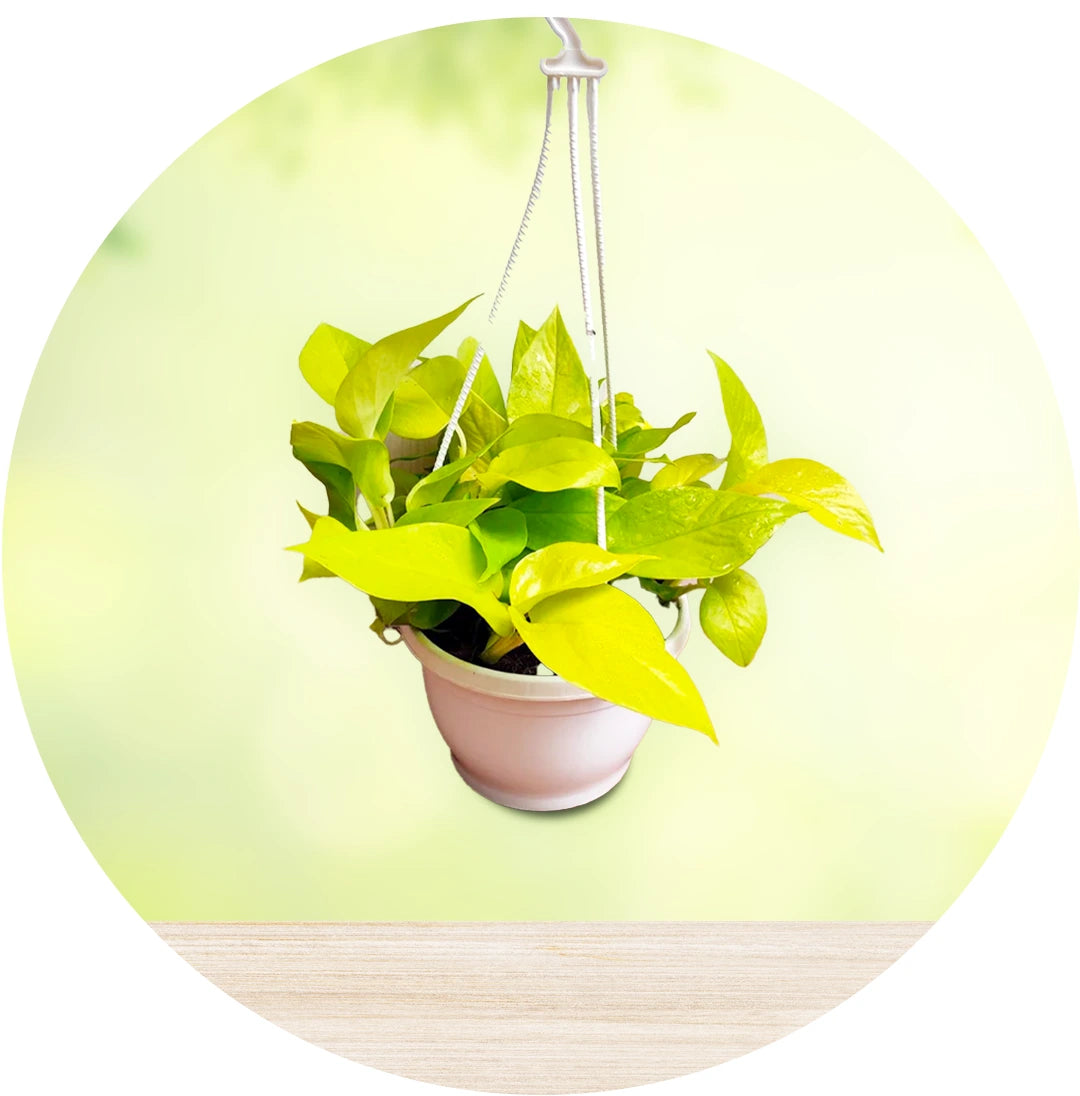
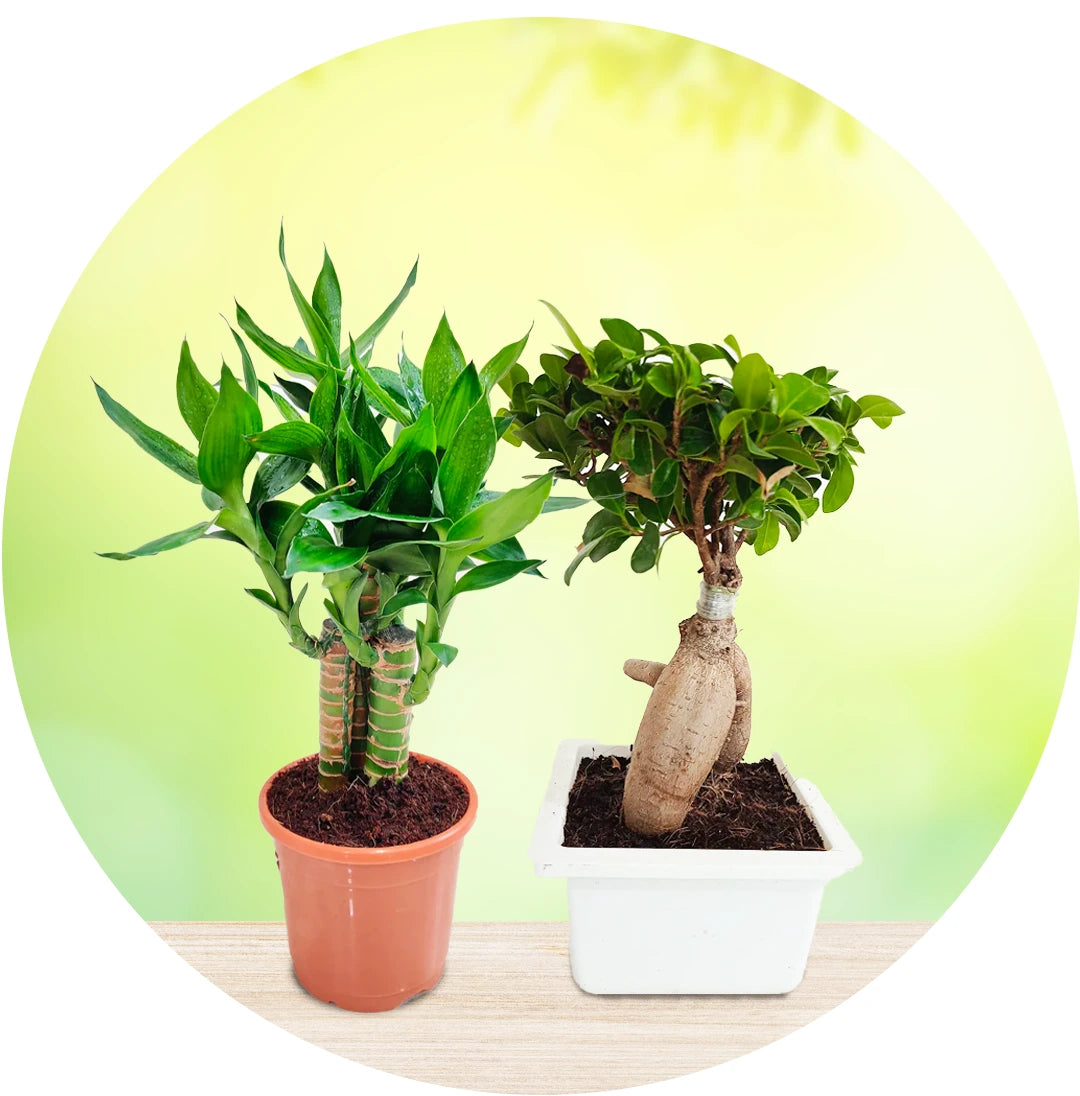
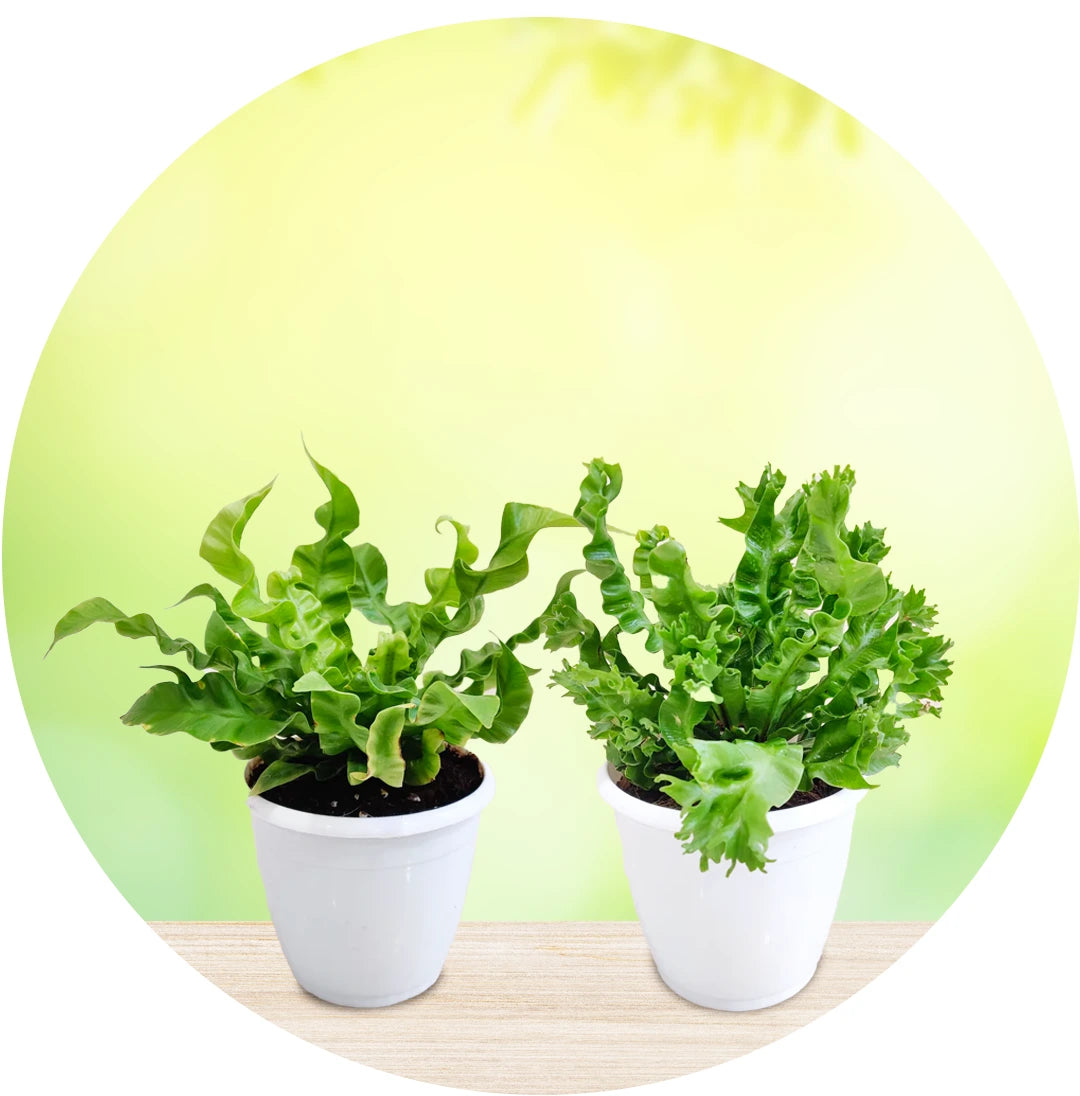
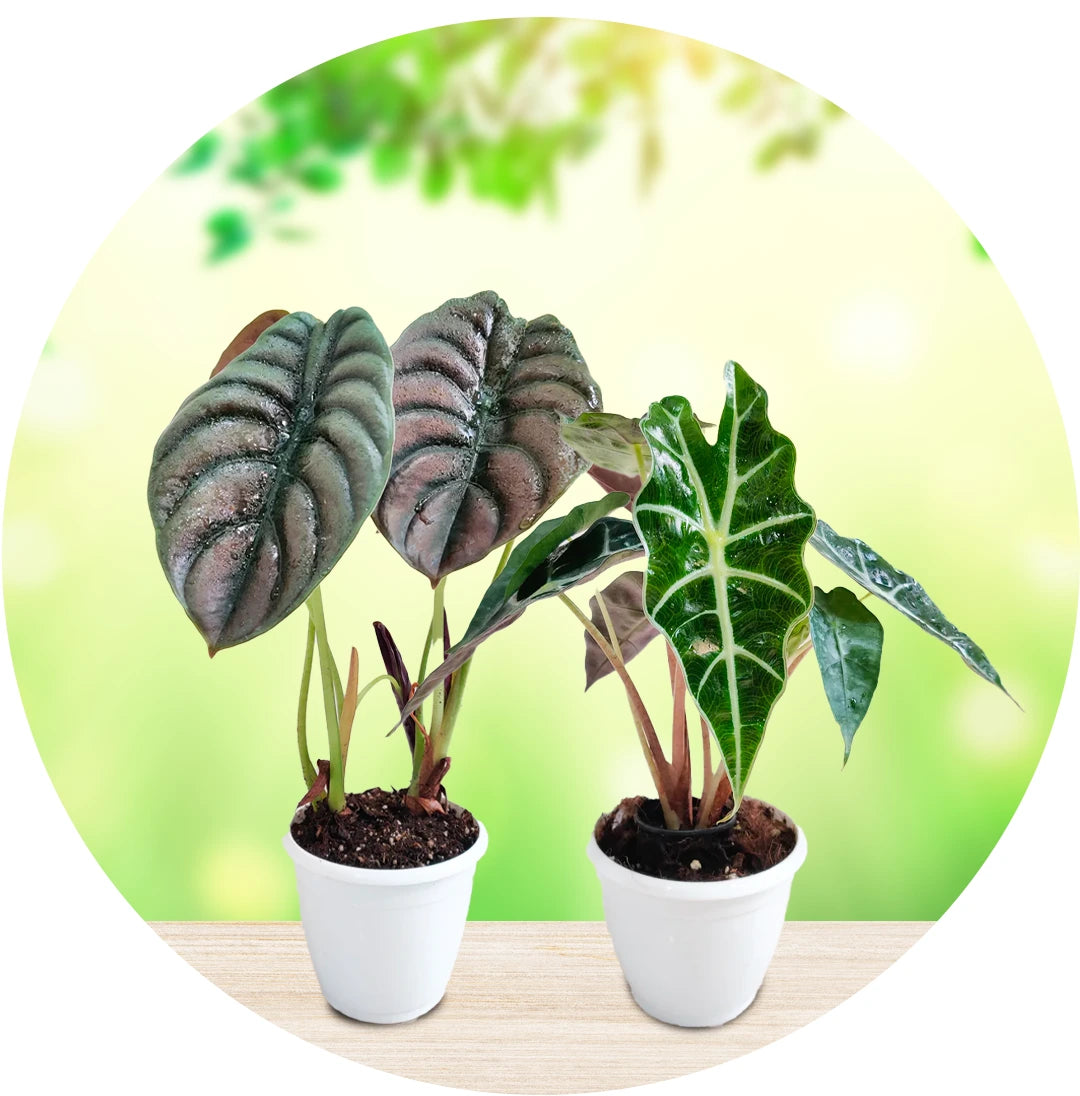
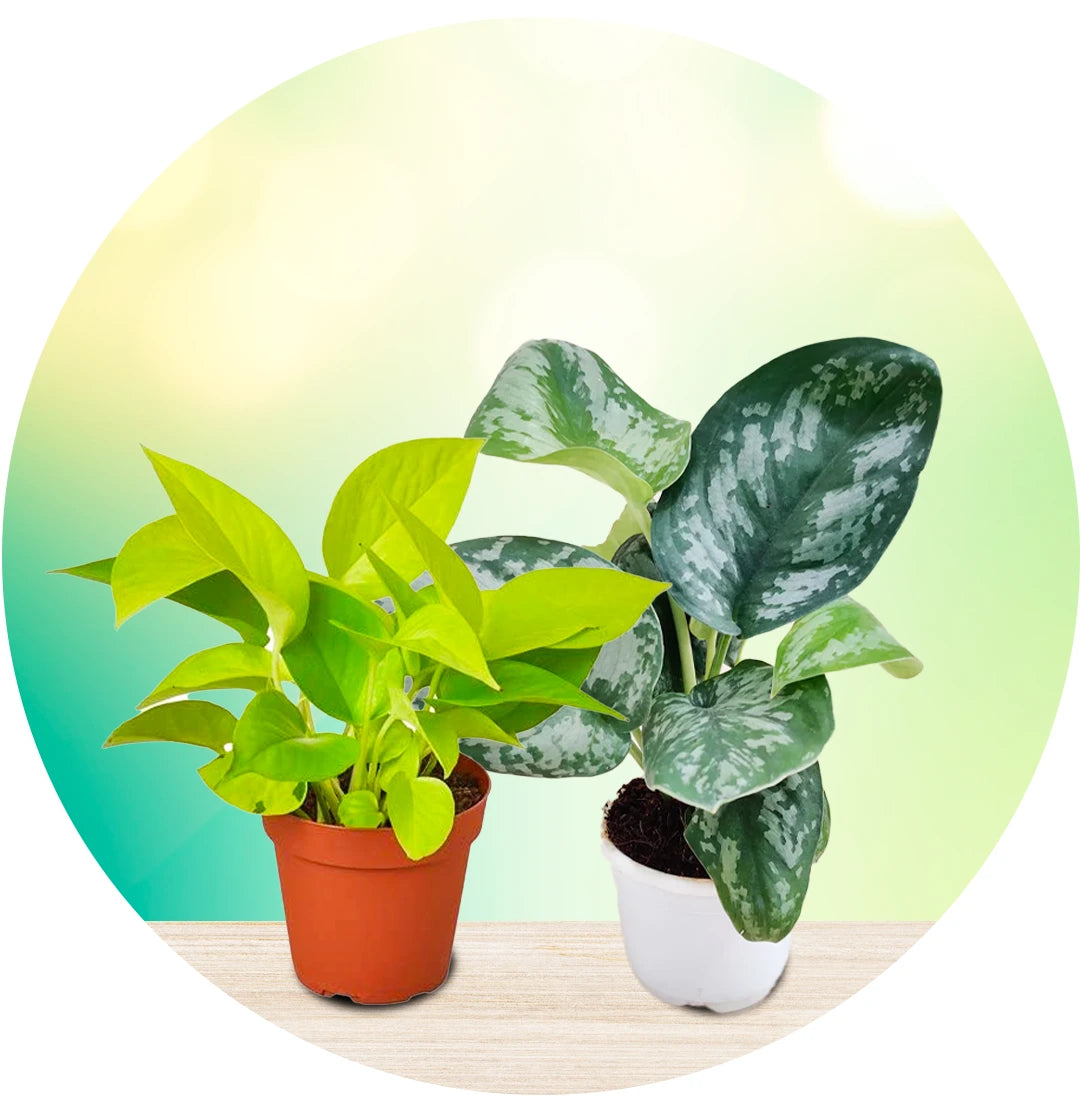
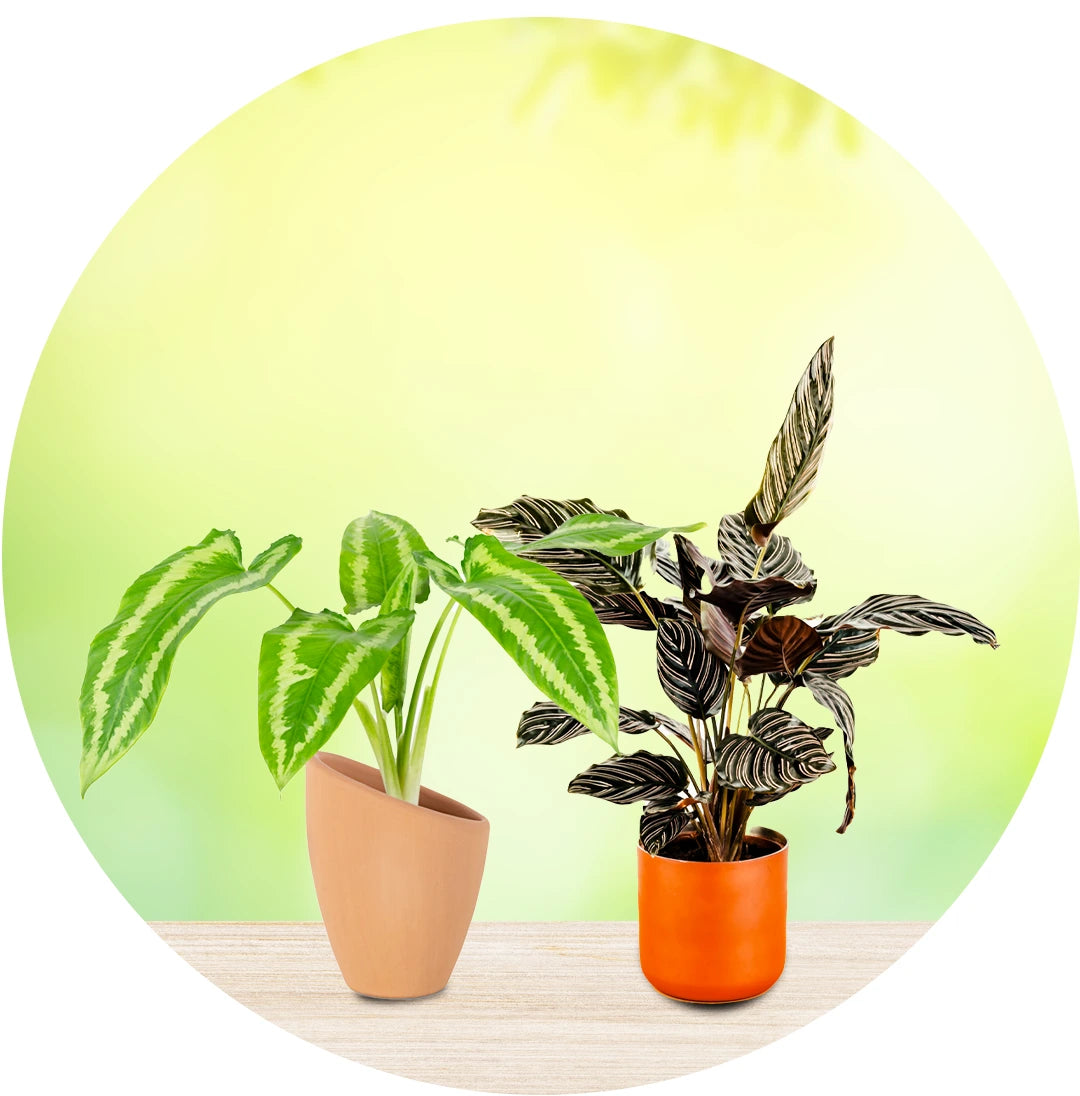
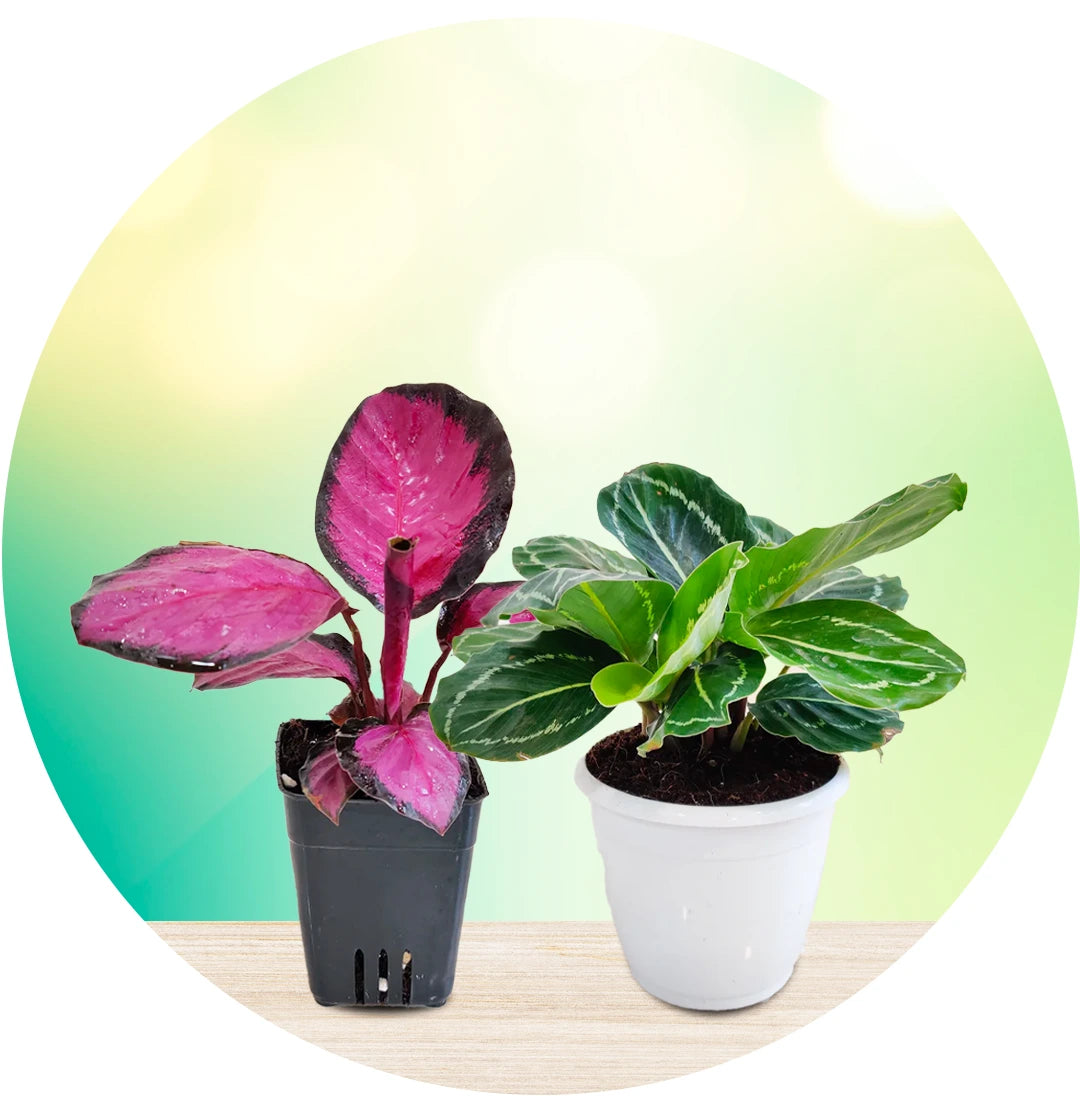
Leave a comment